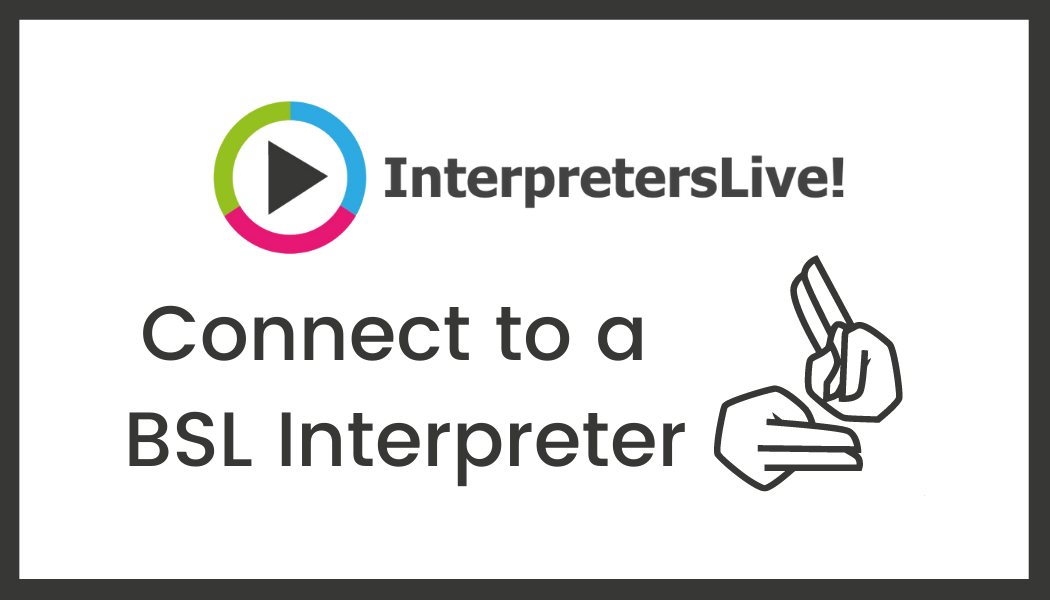
The pandemic has shifted the talent landscape exponentially. Skills shortages coupled with a greater focus on equality, diversity & inclusion (ED&I) mean organisations are working hard to elevate their employer brand to stand out from the competition and successfully secure in-demand talent.
Key to this is providing a positive candidate experience throughout the hiring process, even for those who are unsuccessful. After all, just because they may not be suitable for a position right now doesn’t mean they won’t be an excellent fit for another role in the future. That’s why employers must provide an engaging experience that, while may not deliver the candidate's desired outcome, leaves the door open for them to apply further down the line.
A significant element of this is offering personalised feedback to all unsuccessful candidates. But, how can this be delivered positively and constructively? And how can you ensure that a candidate will be receptive? Here, we look at some ways employers can offer feedback while still providing a positive candidate experience.
1. Acknowledgement
Applying for a role takes time and effort. From the moment they enter the working world, candidates are told to tailor applications to each employer and invest time to prepare for interviews and assessments. Make sure you thank them for considering you as an employer and that you value their time.
2. Establish preference
While most candidates will appreciate a telephone call to inform them of the outcome, they may wish to receive any detailed feedback via email so they can digest the information at a time and place that’s more convenient. You must also consider that they may not want to know at all. Applying for a role can be highly emotional, so find out the information they want to receive and how they want to receive it early in the feedback process.
3. Accentuate the positives
Reinforce the strengths in their application and recommend areas they can build upon for future applications. Keep this based on their skills and ability rather than personal attributes, which could hint at bias in the selection process.
4. Explain the decision
Many employers make the mistake of focusing too much on why someone wasn’t selected. In reality, the candidate will want to know what made someone else’s application successful, so be sure to tell them. As a progressive employer, your selection and assessment process should be entirely based on someone’s ability to do the role, rather than something intangible (and potentially problematic) like ‘cultural fit’. If the successful person had stronger skills in a particular area, explain this to the candidate as they will then know where strengths need to be built if they apply for similar roles.
5. Outline the process
Remind the candidate of the process and how they were scored at each stage. You want them to know they were assessed fairly throughout and that your decision didn’t come down to something beyond their control. For example, if the role description didn’t ask for management experience, but you chose someone who possessed this experience as a differentiator from other candidates, your process was likely unfair from the outset. Also, if they completed an assessment as part of the process, offer to share their results with them. They may not wish to see them, but it’s their right to see how they performed and identify areas for improvement.
6. Keep the door open
Once they have digested the feedback, a candidate may have further questions or require clarity on specific points. Offer them the space and time to do this. If a candidate is good, you’ll want them to return at a later date or recommend your company to a friend who’s seeking a new role. Be proactive about continuing your relationship with them and be patient if they want further information on the hiring process and the decision.
7. Standardise it
Once you have established a feedback procedure that candidates are receptive to, formalise and incorporate it into your hiring process to ensure all hiring managers have a practical blueprint for feedback. It should be applied across all roles in your organisation, from entry-level to senior leadership, so the candidate experience is consistent and becomes attributed to your unique brand.
Building positive and inclusive candidate journeys
Here at level=, it's our mission to help every sports organisation, regardless of size or scope, bring diversity and inclusion to their leadership and broader teams. Find out more about some of the ways we support employers and help them build fair and inclusive hiring processes, from implementing competency-based assessments to conducting consciously inclusive interviews.
Connect with us on 020 8392 9959 or email hello@levelequals.com.




